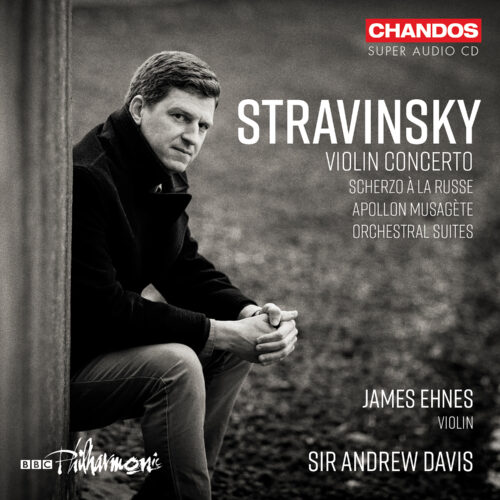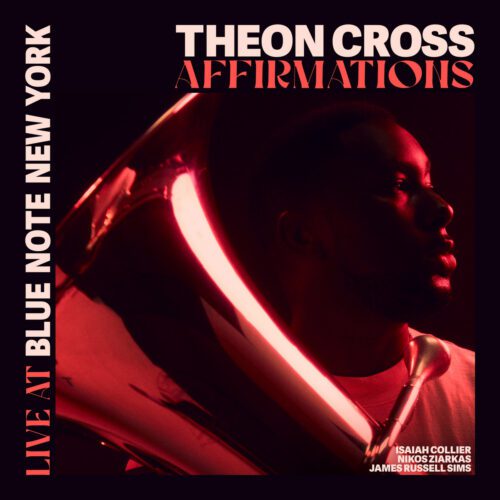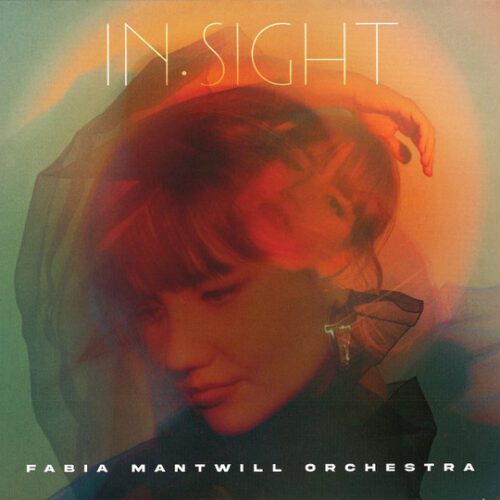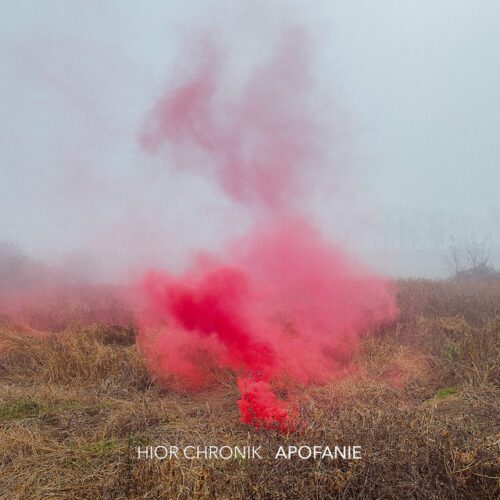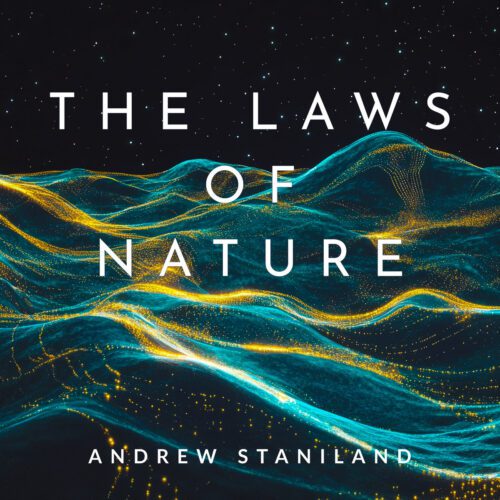Here is a fine overview of Igor Stravinsky’s neoclassical output, which has nothing to do with the neoclassical style of today’s Ludovico Einaudi, Jean-Michel Blais or Alexandra Streliski. Stravinsky’s neoclassicism draws less on the notion of accessibility (through an almost pop-like harmonic simplicity) than on a return to the architectural form (concerto, sonata, suite, etc.) inherited from the Baroque and Classical periods. This return to basics, shall we say, was, of course, also accompanied by a return to certain harmonic traits and tonal turns reminiscent of the Baroque or Haydnian Classical periods. But, of course, Stravinsky never plunged into this intending to erase his hard-won modernity. The result is an entirely original stylistic synthesis, whose great titles are still celebrated today.
The Violin Concerto, Suites for Orchestra 1 and 2 and Apollon Musagète programmed here are some of the best examples of the style developed by Stravinsky, then imitated by several others, at the turn of the 1920s and 1930s. We could easily have added the neo-baroque Pulcinella and a few other treasures from the composer’s catalogue, but the choice made for this very fine album is consistent in its less-pastiche vision of Stravinsky’s neoclassicism.
The programme is also appreciable in that it juxtaposes works that contrast sharply in terms of sound and timbre. The Concerto, sparkling with energy but quirkily coloured by the abundant and brilliant use of the winds, is in a world of its own vis-à-vis the excerpts from the ballet Apollon Musagète, expansive and amply deployed through its beautiful and long sustained string lines. Between the two, the Orchestral Suites Nos. 1 and 2, in the tradition of the Bach Suites, skilfully blend characters across eight movements (four each) inspired by dances more modern than their Baroque ancestors (like Polka, Waltz, Balalaika, etc.). Also on the list is the peppy Scherzo à la russe, Stravinsky’s gift to Paul Whiteman and his jazz orchestra.
Although the Canadian James Ehnes only appears in the Concerto, it is his name that features prominently on the album cover, testifying to his status as a major international violin star. The violinist with the timbre of a viola (a round, amber sound with great depth) finely sketches out the phrases of the Concerto‘s four movements with energetic fervour. The expressiveness he infuses into the work perhaps goes beyond the ideal framework of a sound space that is intended to be, precisely, anti-romantic. But I find it hard to turn a deaf ear or play the role of a purist snob when faced with such a convincing reading of this masterpiece. The support given by Davis and his splendid orchestra is understanding and appropriate in general, although a certain dichotomy sometimes appears between his ultra-precise approach to orchestration and Ehnes’s more emphatic playing.
There is no risk of any discrepancy in the other pieces on the programme. The BBC Phil shines and has fun with Stravinsky’s scores. The Chandos recording is rich, warm and very natural.
